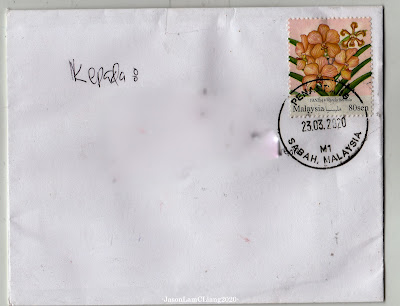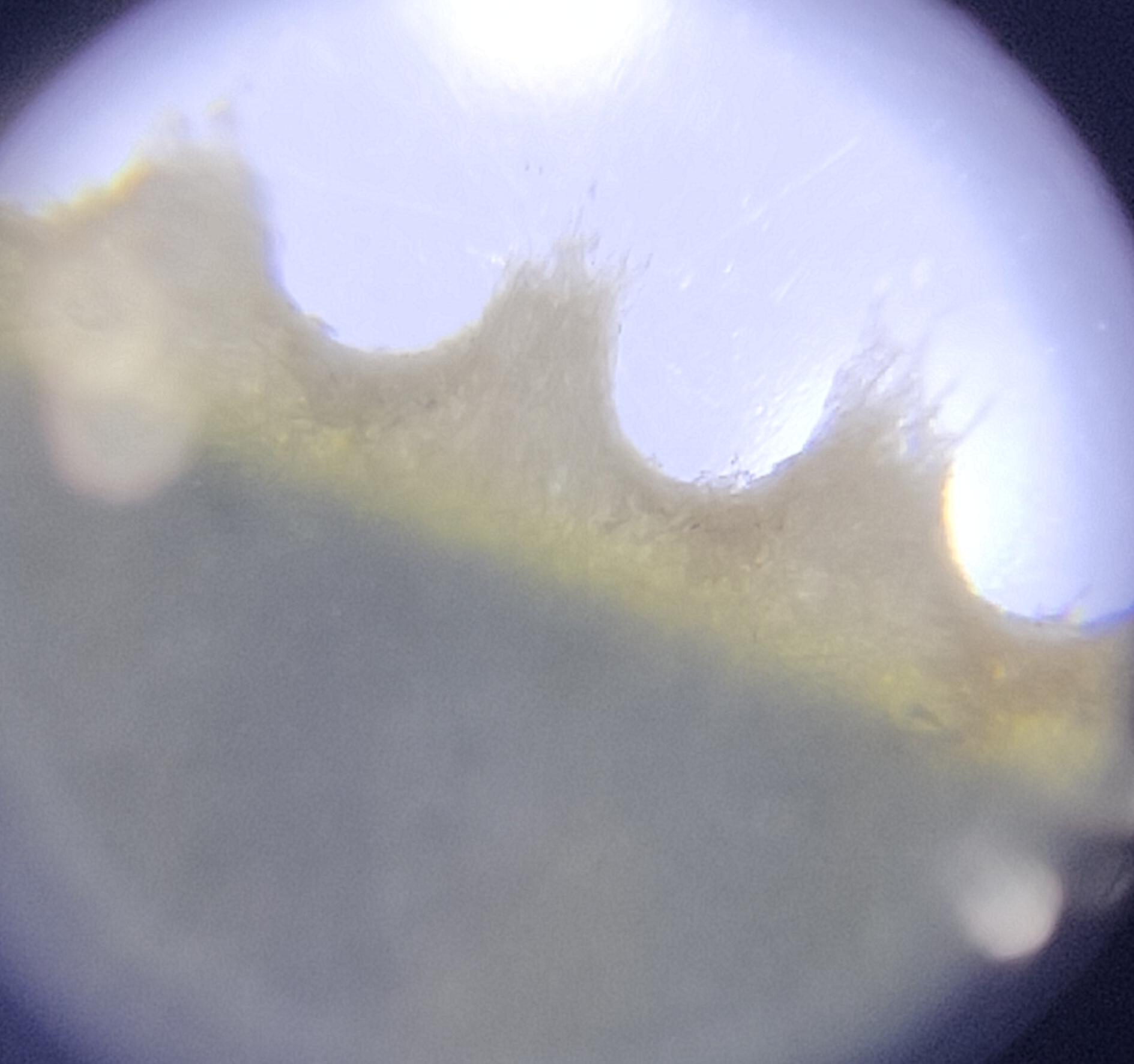Basics in Philately #1: What Are Stamps?
When walking out of a grocery store promptly after paying at the cashier, a receipt is issued to indicate (and prove, if need be) that we have purchased the items.
Similarly, stamps are essentially small pieces of paper affixed onto mails to indicate that we have paid for the postage.
However, the term stamp is an umbrella of many categories. Reiterating the definition, stamps can therefore be divided into subcategories depending the nature of its use. Likewise, they are printed differently indicating its purpose. Say, when a parcel is posted but is paid insufficiently for postage, the post office would affix postage due stamps in which the recipient would have to bear the additional charges to collect the mail.
 |
| The four general sub-categories of stamp according to nature of its use |
A. Postage stamp
 |
| Postage stamp issued throughout Malaysia; all states are represented individually with different state emblems/ coat of arms while some with an additional portrait of state rulers. |
Postage stamps are used in postal services; affixed on envelopes or
parcels in which rates are according to the weight of the parcel. Postage
stamps are also used on postcards
B. Postage due stamp
Postage due stamps are attached to mails by the post office when they
are sent with insufficient postage, which the recipient of the mail should bear
the postage due. Unpaid postage due mails will either be returned to the sender,
or considered to be a dead mail.
C. Revenue stamp
 |
| Notice that on the stamp it was stated 'Postage & Revenue'. This meant that it could either be used for postage or revenue purposes. |
Revenue stamps were issued to collect fees or taxes on documents,
therefore once used revenue stamps are not regarded as postal used, instead
they are termed as fiscally used
D. Semi-postal stamp
Semi-postal stamps are issued as postage stamps but usually printed with
an additional value that indicates the amount contributed, which may be for
medical purposes against certain diseases such as Tuberculosis or Malaria, or to
fund war efforts (done in the past, often overprinted with surcharges). Semi-postal
stamps were also issued in the past for the purpose of aiding public welfare
such as those introduced in Greece from the bombardment of Piraeus.
As a reminder, I have only listed four categories of stamps but bear in mind that there are much more than just four. In later posts, I will cover on miscellaneous categories including air mail stamps, special post stamps (for bicycle mail, motor mail), train mail stamps, telegraph stamps, and many more.
Well, the topics I cover are solely determined by the ones I have. Let's just hope that I get to find more in the near future.
Note on stamps:
1. (Stamp on envelope) Malaysia 2017 ISC MC531 80sen multicolored - Orchids Vanda helvola
Perforation: 14
2. Sabah 1979 ISC 409 1 sen multicolored - Flowers (Definitive Series) Rafflesia hasseltii
Wmk. POS
Perforation: 14.5
3. Malaysia 1986 ISC D20 10sen black & olive-grey
Malaysia 1986 ISC D21 20sen vermillion & cinnamon
Malaysia 1986 ISC D22 50sen deep turquoise-green & turquoise-green
No wmk.
Perforation: 12 x 11.5
4. North Borneo 1909-1922 Scott 140/ ISC 144 4 cent scarlet - Meeting of the Assembly
No wmk.
Perforation: 14
5. Finland 1976 Scott B209 80p + 20p multicolored - Bride, groom, matron and pastor at wedding dinner.
No wmk.
Perforation: 13






Comments
Post a Comment